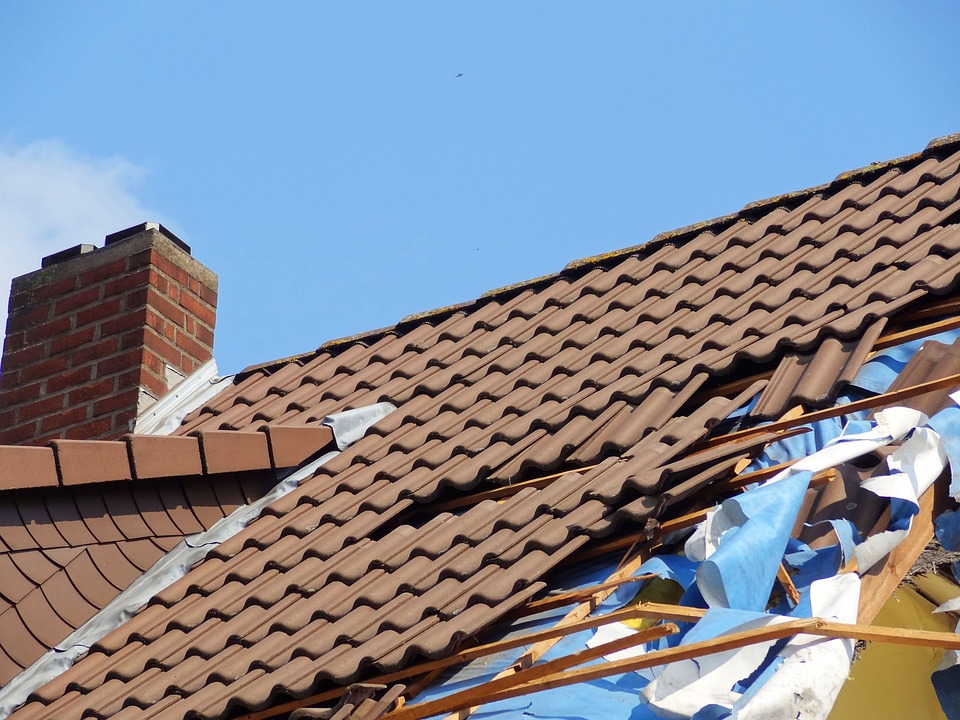
28 Sep Water Damage Restoration for Commercial Properties: Best Practices
Introduction
Water damage in commercial properties can lead to significant financial losses, operational downtime, and potential health hazards. As climate change increases the frequency of extreme weather events, the risk of water damage has never been higher. Understanding the best practices for water damage restoration is crucial for property managers and business owners to mitigate these risks effectively.
Initial Assessment and Safety Measures
Safety First
Before any restoration work begins, ensure that the area is safe. This includes turning off electrical power, gas lines, and checking for structural damages. Always use personal protective equipment (PPE) such as gloves, masks, and boots.
Assessing the Damage
A thorough assessment should be conducted to determine the extent of water damage. Use moisture meters and thermal imaging cameras to identify affected areas. Document everything with photos and notes for insurance purposes.
Water Extraction Techniques
Pumps and Vacuums
Use industrial-grade pumps and wet/dry vacuums to remove standing water quickly. Time is of the essence to prevent further damage.
Specialized Equipment
In cases where water has seeped into porous materials, specialized equipment like submersible pumps or weighted extractors may be necessary.
Drying and Dehumidification
Air Movers
High-velocity air movers help accelerate the drying process by circulating air around the affected areas.
Dehumidifiers
Industrial dehumidifiers are essential for removing moisture from the air, preventing mold growth, and ensuring a thorough drying process.
Cleanup and Sanitization
Removing Debris
Remove any debris or damaged materials that cannot be salvaged. This includes drywall, insulation, carpeting, etc.
Sanitizing Affected Areas
Use EPA-approved disinfectants to sanitize all affected surfaces. This helps eliminate bacteria, viruses, and mold spores that could pose health risks.
Restoration and Repairs
Structural Repairs
Address any structural damages such as weakened beams or compromised foundations. Consult with structural engineers if necessary.
Aesthetic Restorations
Once structural repairs are complete, focus on aesthetic restorations like repainting walls, replacing flooring, or reinstalling fixtures.
Preventive Measures
Regular Inspections
Conduct regular inspections of your property to identify potential issues before they escalate. Pay special attention to plumbing systems, roofing, and drainage systems.
Sorry, the comment form is closed at this time.